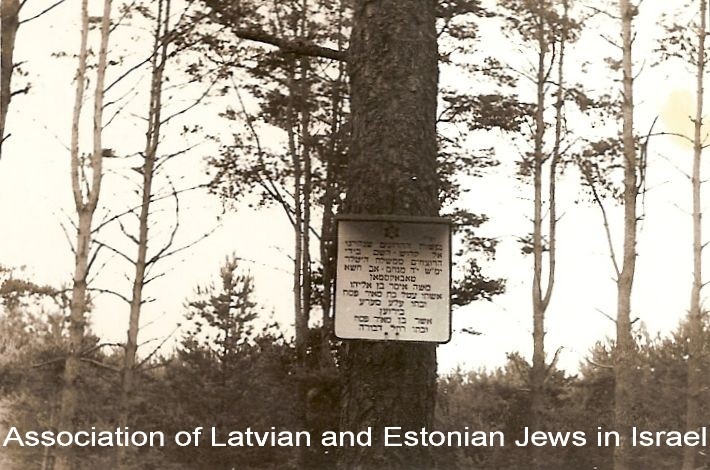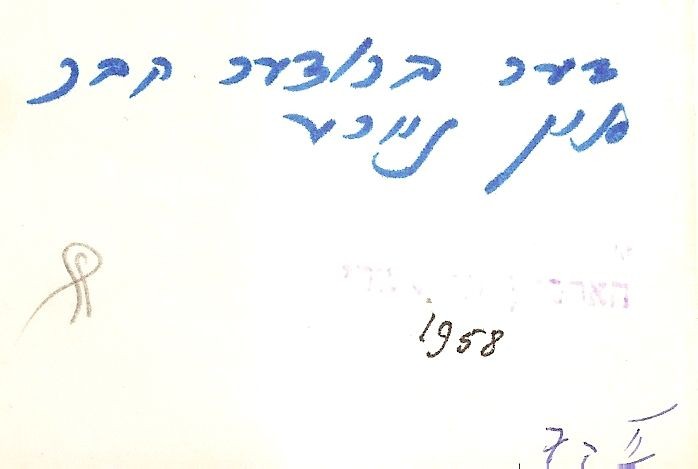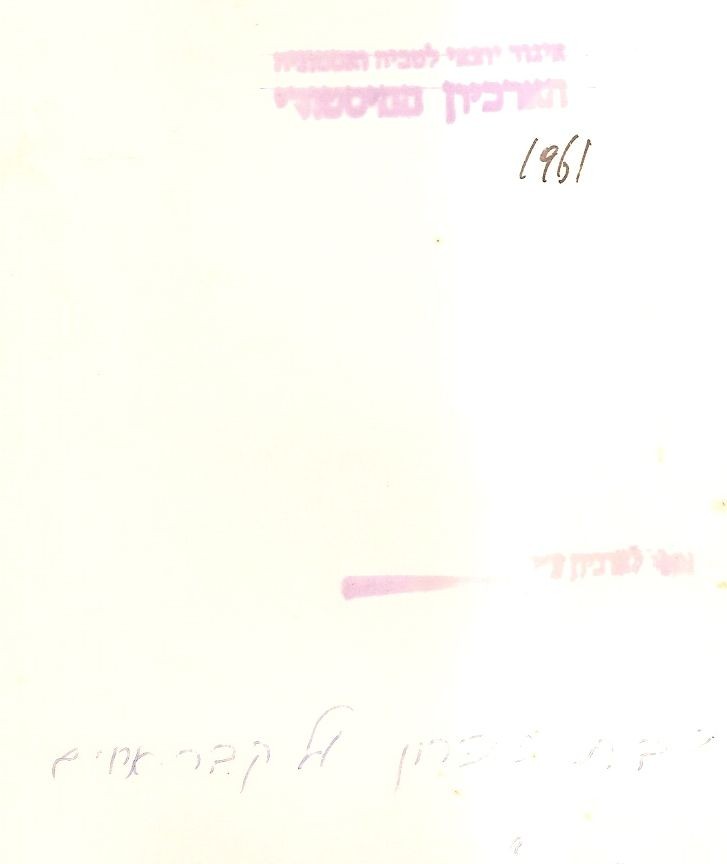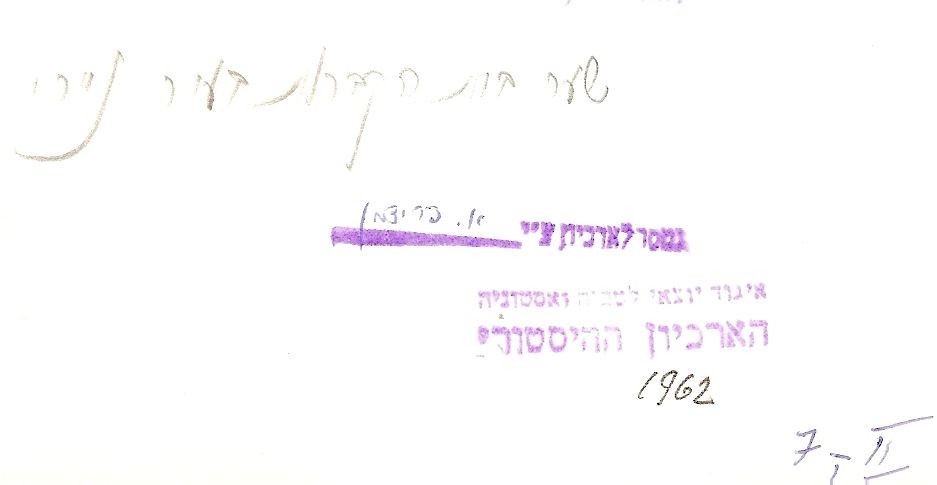Jaunjelgava, נוישטאדט, פרידריכשטאדט
נוישטאדט, שמה המקורי של העיירה, שונה לפרידריכשטאדט ב-1646 ול- Jaunjelgava ב-1920. היהודים הראשונים הגיעו לפרידריכשטאדט מכפרי הסביבה, ליטא ובילורוסיה. הקהילה היהודית המקומית נוצרה בתחילת המאה ה-19. במקביל נבנה בית קברות (שאיננו קיים יותר). עד 1881, 4,128 היהודים שחיו בעיירה היוו 71% מכלל אוכלוסייתה. יהודי המקום היו בעיקר חנוונים או סוחרי עצים ופשתן; לחלקם היו מפעלי ייצור בקנה מידה בינוני. בית ספר יהודי ציבורי נפתח בעיירה באמצע המאה ה-19, ולאחריו תלמוד תורה בתחילת המאה ה-20. באותה תקופה ילדים יהודים רבים למדו בבתי ספר גרמניים מקומיים ולמדו את מקצועות היהודים לאחר השיעורים. חדר מתוקן נפתח כאן בתחילת המאה ה-20.
בתחילת מלחמת העולם הראשונה נלקחו מנהיגי הקהילה היהודית כבני ערובה על ידי שלטונות העיירה ולאחר מכן הוגלו לעומק רוסיה. בתקופת הרפובליקה הלטבית העצמאית נפתחו ביאוניג'לגבה בית ספר יסודי יהודי, כיתות לשפה העברית וכמה קופות צדקה. 561 היהודים, שחיו בעיירה ב-1935, היוו 26% מכלל אוכלוסייתה.
הממשל הסובייטי פיזר את כל הארגונים היהודיים בשנת 1940. מספר יהודים עשירים גורשו לסיביר ב-1941.
לאחר כיבוש יאונג'לגבה על ידי הכוחות הנאצים, הוחזקו היהודים המקומיים בשבי בבית הכנסת. עד סוף אוגוסט 1941 הושמדו כל יהודיJaunjelgava.
בית הקברות, מז'ה, 12. הוא נפתח בשנת 1848. בבית הקברות ניתן לראות עד היום כמה מאות מצבות וחורבות בית טהרה. שרידיהם של כ-500 יהודים קורבנות השואה נקברו כאן מחדש לאחר מלחמת העולם השנייה. האנדרטה לזכרם נחשפה בשנות ה-50, ושוחזרה בשנת 2003. צאצאיו של אורי שץ – החבר הנבחר לשעבר במועצת העיר יאונג'לגבה, נתנו חסות לשיקום היסודי האחרון של בית העלמין.
מתורגם מאנגלית מאתר: https://www.jewishmuseum.lv








תמונות 1958, 1961, 1962 , 4250
Jaunjelgava
Neustadt, Friedrichstadt
Distance from Riga 85 km (A7, P85, P87)
Neustadt, the original name of the town, was changed to Friedrichstadt in 1646 and to Jaunjelgava in 1920. The first Jews came to Friedrichstadt from the surrounding villages, Lithuania and Byelorussia. The local Jewish community was formed in the early 19th century. At the same time a cemetery, (which does not exist any more), was built. By 1881, the 4,128 Jews, who lived in the town, made up 71% of its overall population. The local Jews were mostly shopkeepers or timber and flax traders; some of them owned medium-scale manufacturing plants. A public Jewish school was opened in the town in the mid-19th century, followed by a Talmud Torah in the early 20th century. At that time many Jewish children attended local German schools and studied the Jewish subjects after classes. A Cheder Metukan was opened here in the early 20th century.
At the beginning of the WWI, the leaders of the Jewish community were taken hostage by the town authorities and were subsequently exiled into the depth of Russia. During the period of the independent Latvian Republic, a Jewish primary school, Hebrew language classes, and several charity funds were opened in Jaunjelgava. The 561 Jews, who lived in the town in 1935, made up 26% of its overall population.
The Soviet administration disbanded all Jewish organizations in 1940. Several wealthy Jews were deported to Siberia in 1941.
After Jaunjelgava was occupied by the Nazi troops, the local Jews were kept prisoner in the synagogue. By the end of August 1941, all Jaunjelgava Jews were exterminated.
Cemetery, Meža, 12. It was opened in 1848. Several hundreds headstones and the ruins of the Beit Tahara can still be seen at the cemetery. The remains of some 500 Jewish victims of the Holocaust were re-buried here after the WWII. The monument in their memory was unveiled in the 1950s, and restored in 2003. The descendants of Uri Shatz – the former elected member of the Jaunjelgava Town Council, sponsored the recent thorough restoration of the cemetery.
source: https://www.jewishmuseum.lv/en/item/124-jaunjelgava.html
